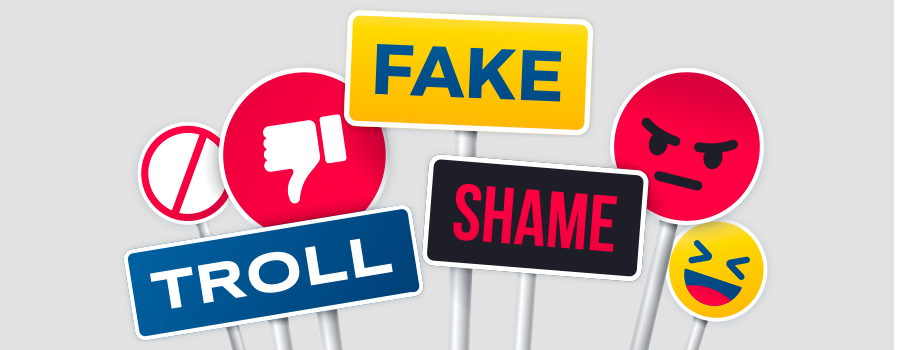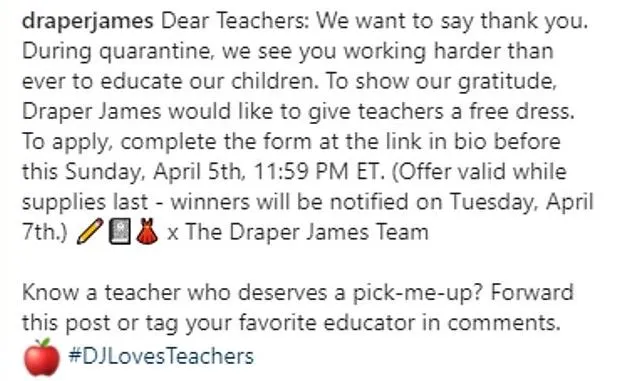
Every year we see a host of epic fails from companies attempting to draw fans and attention on social media. These problems stem from a variety of reasons, from poorly timed posts to campaigns oblivious to their own cultural insensitivity, but what most social backlash events have in common is that the responsible companies either responded too slowly or inappropriately.
Here are some thoughts and tips from our social media experts about how to handle social media backlash, along with some preventative measures to help minimize your risk altogether.
Ways You Can Mess Up on Social Media
Today's digital landscape is unfortunately a breeding ground for misunderstanding. Here are a few of the ways your social media presence can go awry:
Being Confusing: A poorly communicated contest or promotion can leave users feeling frustrated and misled. Remember the Reese Witherspoon clothing giveaway that resulted in a lawsuit due to its unclear terms?
Social media backlash is one thing, but being sued for stiffing nearly 1 million teachers is an even bigger problem.

Mismatched Endorsements: Partnering with an influencer or brand that doesn't resonate with your own can backfire. Take the example of supermodel Gigi Hadid promoting McDonald's. The overwhelming disdain for this social campaign was rooted in viewers' cumulative belief that it lacked credibility. Inauthenticity is one of the cardinal sins of social media marketing.
Trying Too Hard: Burger King decided to put some clickbait on their fishing line, and ended up reeling in a whole lot of backlash. A tweet that read "Women belong in the kitchen" was intended to start a conversation about hiring equity in the restaurant industry, but ended up drawing extreme criticism for promoting outdated and misogynistic views.

From Denial to Damage Control: Ways to Handle It
So, you've found yourself embroiled in a social media firestorm. Here's how to extinguish the flames and salvage your reputation:
Acknowledge and Apologize
Fight the urge to bury your head in the sand. Acknowledge the issue promptly and sincerely apologize for the offense caused. Avoid corporate jargon and take full ownership of the mistake.
This was done poorly when United Airlines forcibly removed a passenger from an overbooked flight in 2017. Video of the violent and upsetting incident spread across the internet like wildfire, and when United's CEO finally responded he stated: "I apologize for having to re-accommodate these passengers."
This statement sounded like it was written by ChatGPT, did not ring true for most observers, and ran contrary to actual footage of the incident. The social backlash escalated while the company’s stock price plummeted.
It's also important to respond in a reasonable timeframe. 69% of social media users think a company should respond to inquiries and complaints within 24 hours.
Craft a Meaningful Response
It's not enough to say "sorry." Offer a concrete plan of action to address the problem. Take inspiration from Starbucks' response to its own racial bias incident in 2018. After two Black men were arrested in a Starbucks as they waited to meet another friend, the coffee behemoth responded to the online backlash with a commitment to eliminating bias among its staff.
Did they follow through? Starbucks closed over 8,000 stores for a day, costing an estimated $12 million in profit as staff members underwent racial bias training. As the company continued to adopt new anti-discrimination policies, their progress was publicly shared on the same social platforms where the backlash originated.
Take the Conversation Offline
If you are dealing with a specific customer's issue, attempt to move the conversation offline. Tone and intent are often lost in electronic communication, and people are more likely to act in a civilized manner when they are face-to-face, or even over the phone. When a manager or owner reaches out personally to a customer, this increases the odds that you will actually be able to transform a dissatisfied person back into a loyal brand advocate.
If you successfully move a problematic conversation offline, consider sharing a limited amount of detail with the larger community. For example, "We have reached out to 'Customer X' and are currently working to resolve their complaint. Thank you all for your concern, and we look forward to continuing to improve our customer service."
Whatever response you craft, it should be sincere, it should capture the voice of your brand, and it should maintain the affected customer's confidentiality.
Maintain Transparency
If you successfully resolve an issue offline, consider sharing a brief update with your broader audience. This demonstrates action and a commitment to customer satisfaction.
Note that confidentiality is mandatory in some industries. That includes the medical field, where even if a person has posted a libelous comment or review, physicians are legally barred from confirming even the simple fact of whether or not the author was an actual patient.
Building a Social Media Shield
The best way to handle a social media crisis? Avoid one altogether. Here are some proactive measures to keep your online presence squeaky clean:
Think Twice Before You Post: Humor is subjective, so err on the side of caution. Assume everything you share will be seen by thousands (if not more).
Stay Culturally Aware: Be mindful of current events and avoid insensitive jokes or campaigns. Research trending hashtags before jumping on the bandwagon. Entenmann's famously posted an ill-timed #notguiltytweet with the harmless intent of promoting indulgence, but instead entered a conversation about a famous murder trial. Don't go there.
Proofread, Proofread, Proofread: Typos and grammatical errors can damage your brand's perceived professionalism. Double-check everything before hitting “post.”

Monitor Your Channels: Set up a regular monitoring schedule for all your social media platforms. Additionally, utilize tools like Google Alerts to stay informed of any emerging brand mentions.
By implementing these strategies, you'll be well-equipped to navigate the unpredictable world of social media. Remember, a proactive approach paired with a well-defined crisis communication plan can help you weather any online storm.
Going on the Offensive: A Risky Tactic
A few brands have successfully adopted a sassy, humorous approach to online critics. Wendy's is a prime example, known for their witty X (formerly Twitter) comebacks.
However, this strategy is a double-edged sword. A single misstep can backfire spectacularly. Wendy's learned this the hard way when an edgy meme landed them in hot water for cultural insensitivity. Pushing boundaries can be risky, so tread carefully.
Feeling Overwhelmed? We Can Help!
Managing your online presence can be a demanding task. We offer comprehensive solutions to build and maintain a positive digital profile for your business. Contact us today to learn more about how we can help you navigate the ever-evolving social media landscape.
Ready to update your social media strategies?
Our Digital Marketing experts are ready to get to work for your brand.
